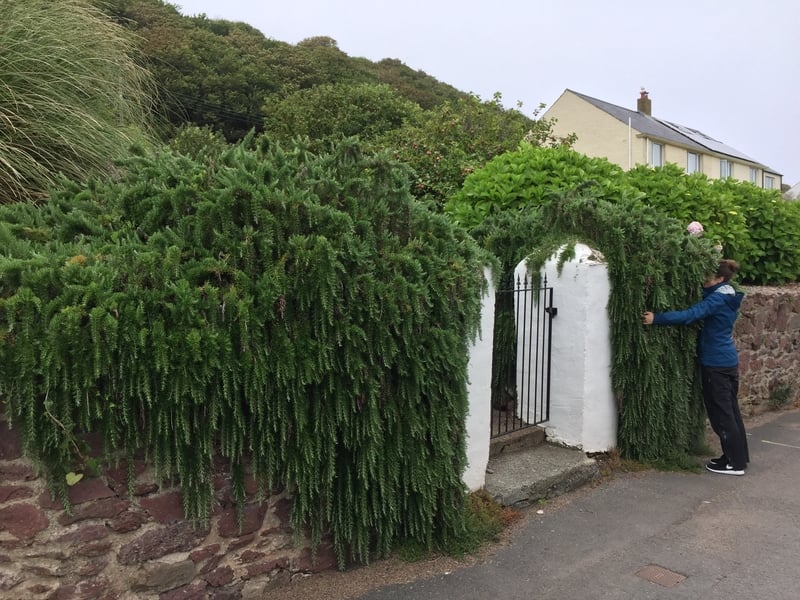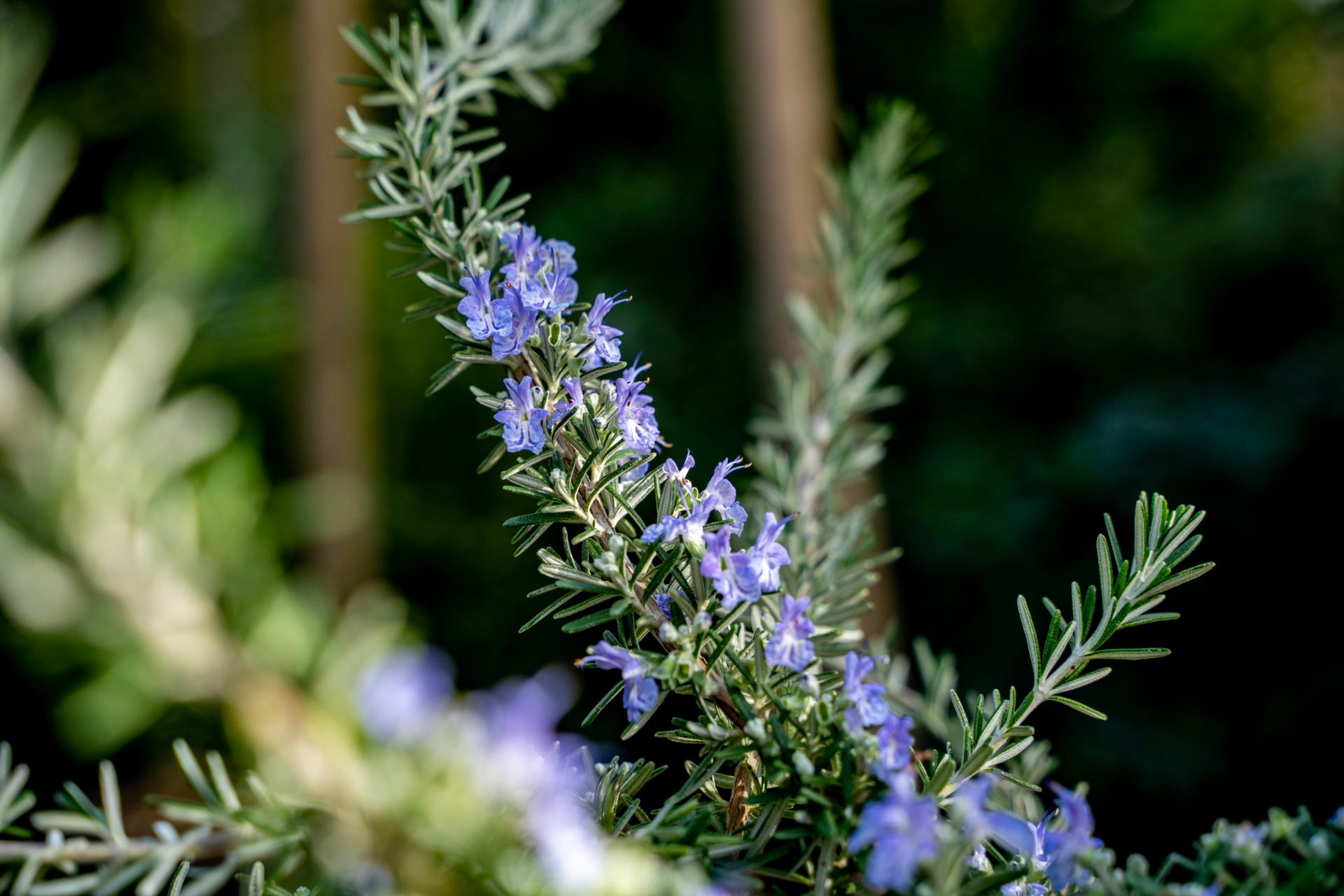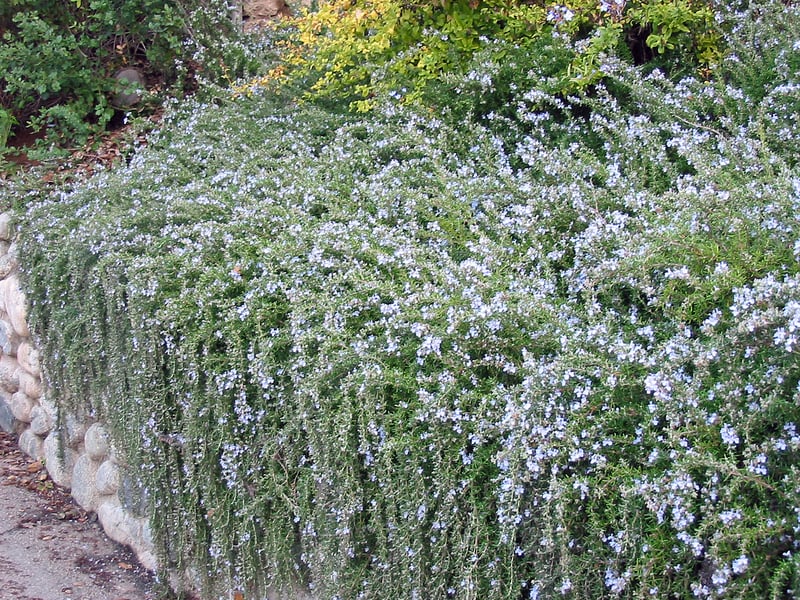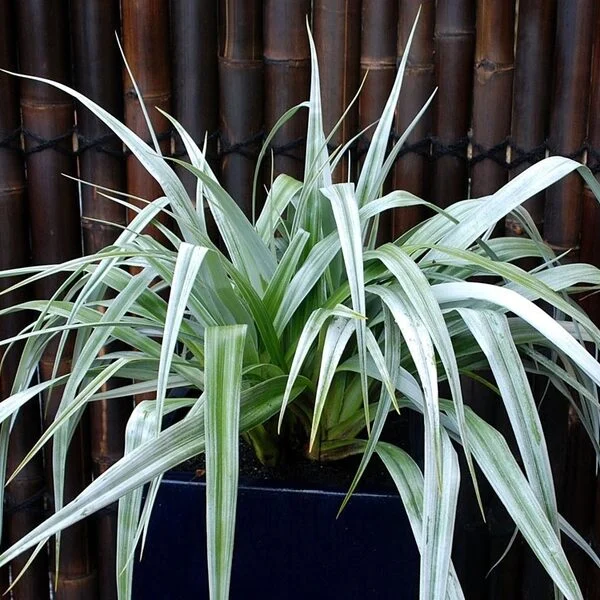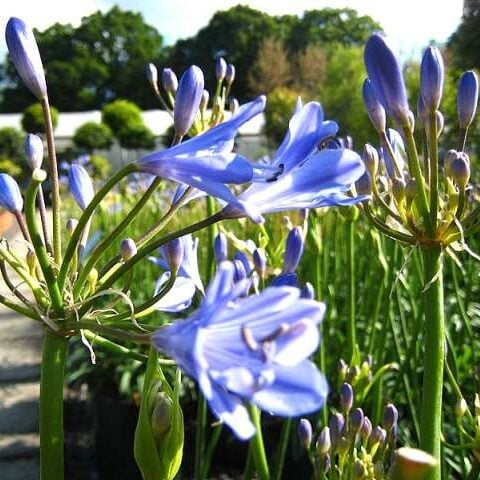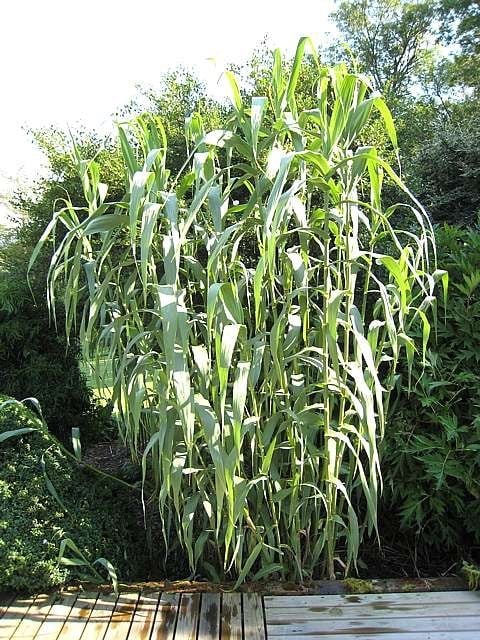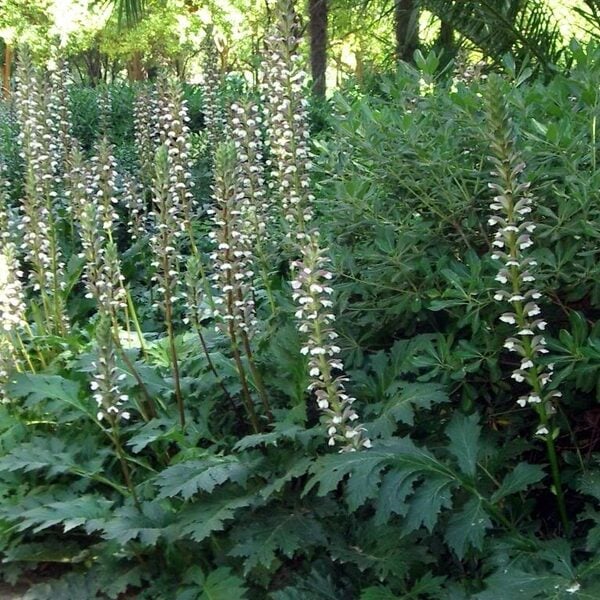Rosmarinus officinalis ‘Repens’ (Trailing Rosemary)
Rosemary that refuses to stand up on its own – with a most wonderful result especially when allowed to cascade down a slope or a wall. Eat it and smell it. Please contact us for stock availability and sizes.

Hardiness level Amber
Rosemary can be highly variable and this one is a fine example of that variability. Trailing or Prostrate Rosemary covers the ground in pleasing undulations but is at its best when cascading over a wall - illustrated here by a particularly fine example spotted in Dale in Pembrokeshire.
The leaves are smaller than common Rosemary but it still smells as delicious and has masses of the same blue flowers in spring. Also, just as valuable in the kitchen as any other Rosemary.
We had a lot of snow in the winter of 2010 and found the batch we had at the time disliked it intensely. Many years ago we had plants propagated from a particularly beautiful form from Tresco Abbey Garden in the Isles of Scilly where frost is rare or slight. We had to abandon this clone because of its frost tenderness but were determined to find a fully hardy form of this plant. A well grown one of these is one of the glories of any garden - the smell, the sight and the texture is divine and so the search for a fully hardy form of Trailing Rosemary continued and we now can confidently say we have one but being innately cautious, we still give this plant an amber label rather than a green one.
Rosemaries must have good drainage and lots of light. If you garden on the Sussex and Kent Weald (or anywhere with brick-making clay), the soil will not be sufficiently well drained to grow Rosemary (or Lavender) without human interference. The top of a retaining wall, trailing down is ideal. Something to trail down and the top of the wall must have good drainage - even if you're on heavy clay. Acid or alkali - including chalk - is fine.
Propagated by cuttings.
N.B. When clipping several plants with the same tool, have a bucket containing a 5% bleach solution and swish your blades around for 30 seconds between plants to sterilise them. This will help avoid the chance of cross contamination of disease.
As with all woody plants, plant high, exposing as much of the taper at the base of the trunk as possible. Allowing soil to accumulate round the base of a tree can be fatal. Keep very well watered when first planted.
Additional Information |
|
|---|---|
| Soil Type | |
| Light | |
| Plant Type | Edible, Evergreen, Flowers, Ground Cover, Grown by Us, Hedges, Shrubs |
| Continent of Origin | |
| Specialist Plants | |
| Features | |
| Situation | Coastal, Exposed (To wind and sun), Mild City Gardens, Plants for Pots, Seaside, Sheltered Garden |
| Flower Colour | |
| Hardiness | |




